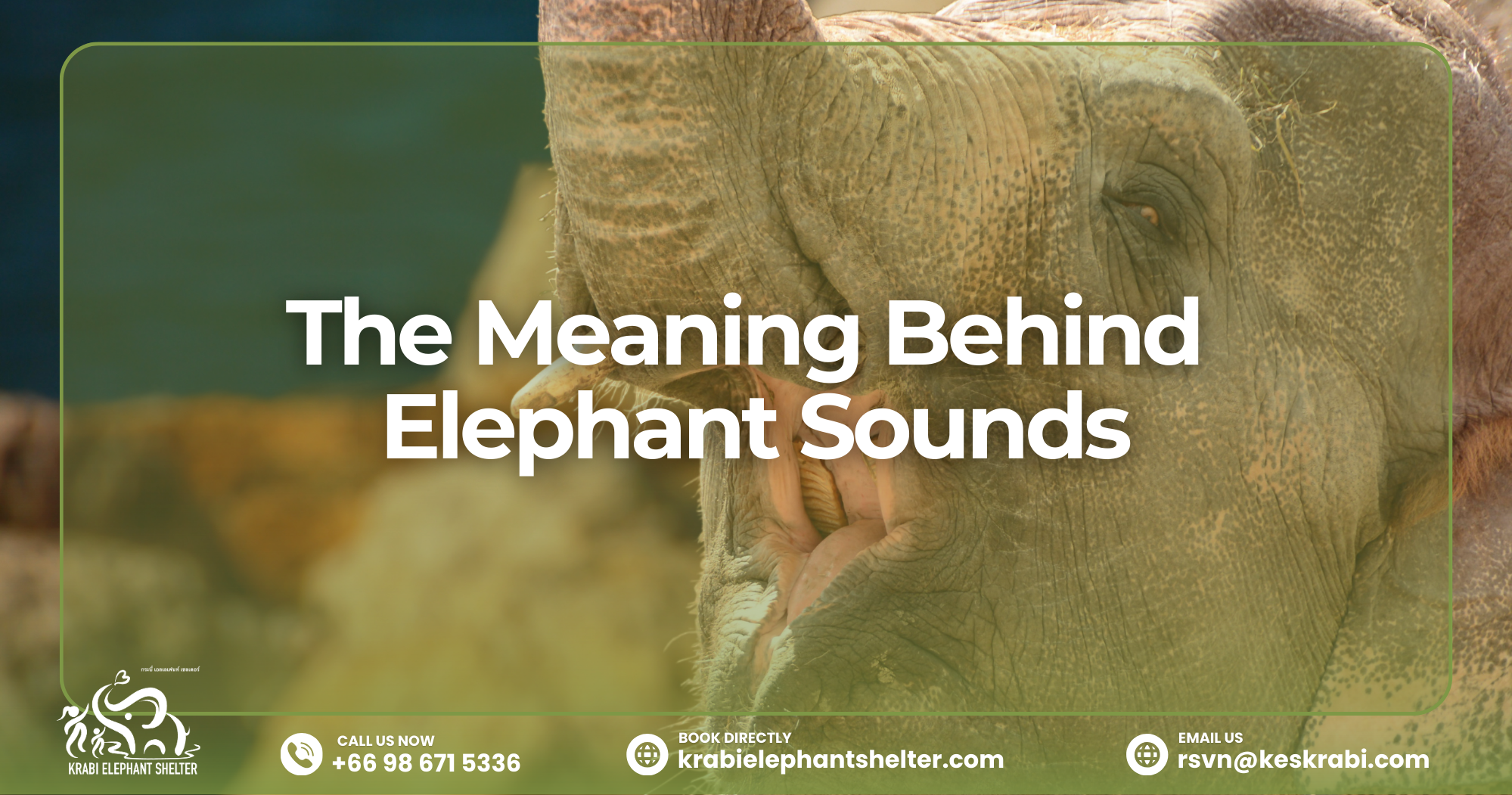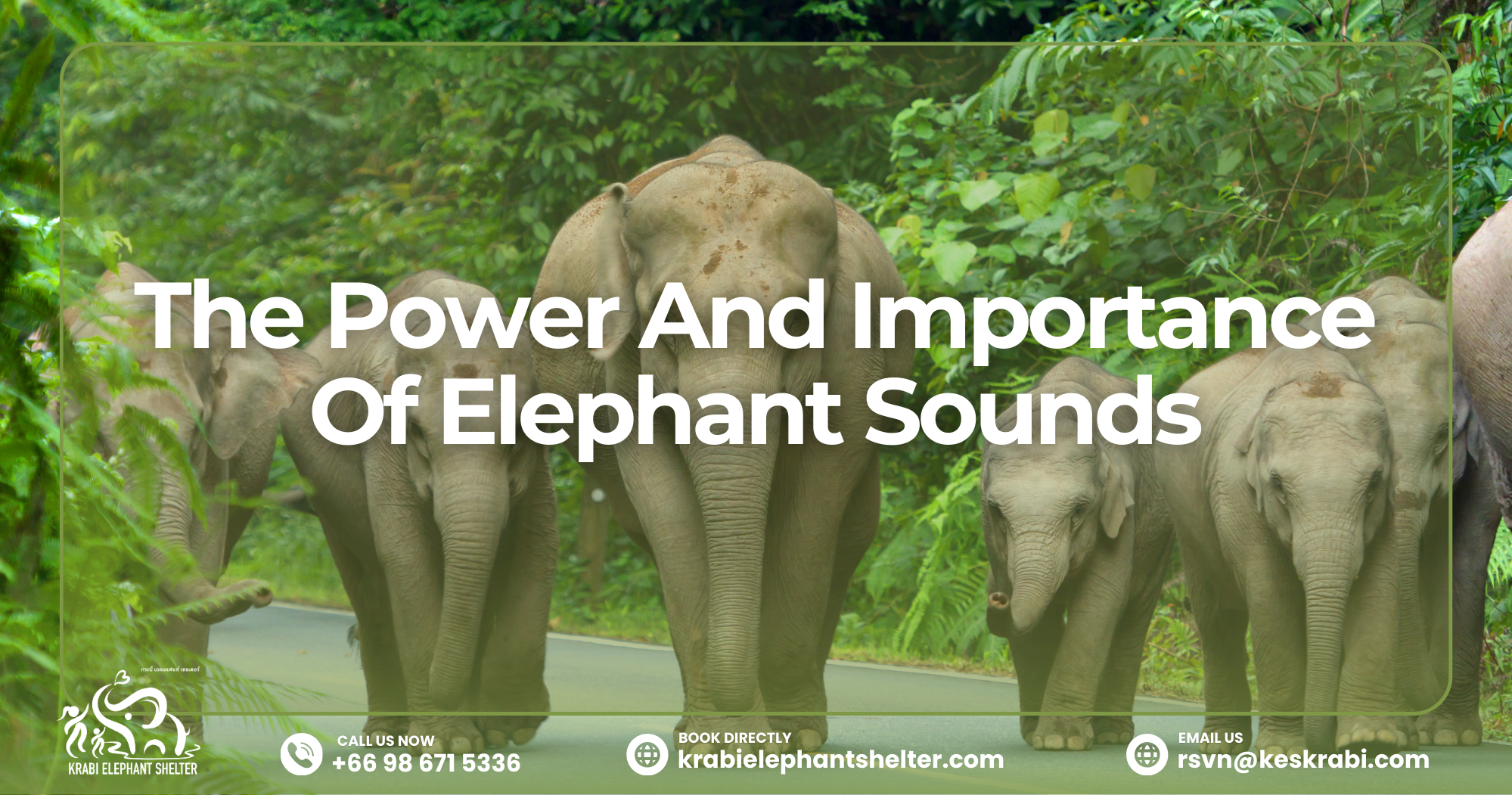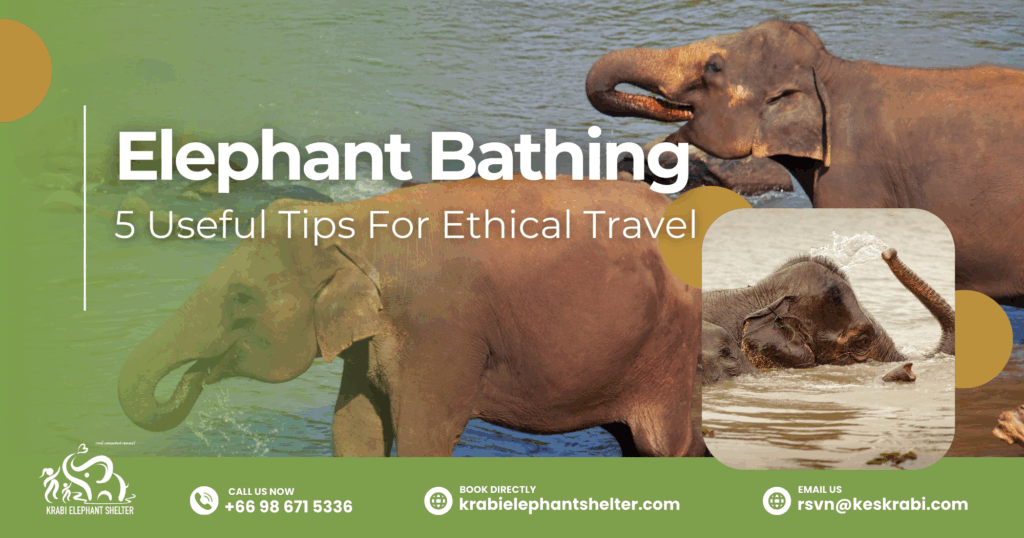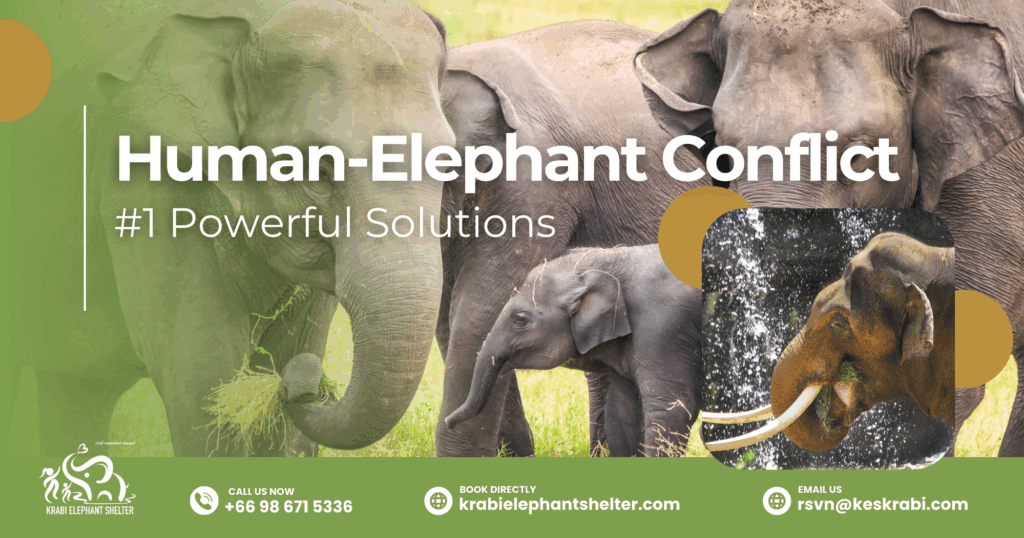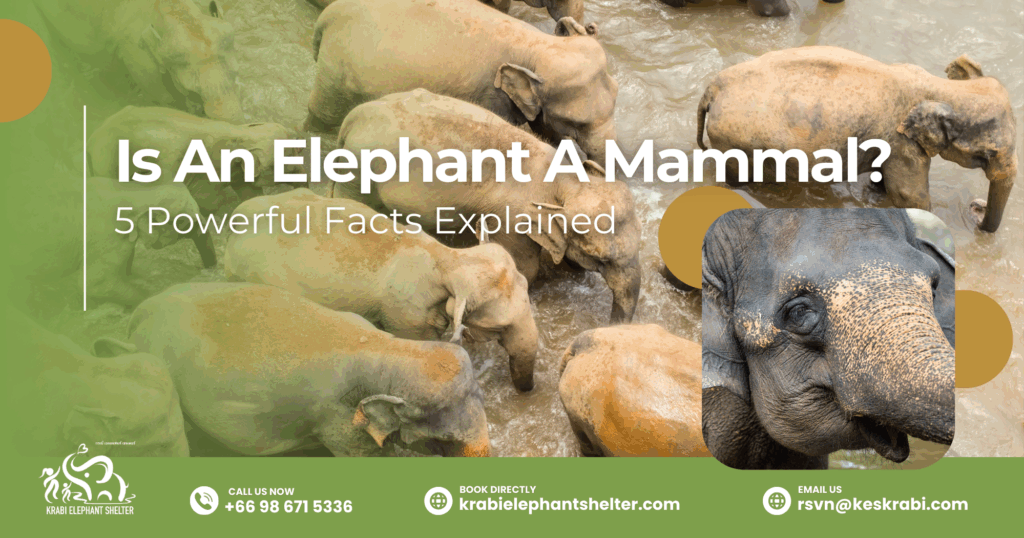Elephants are admired not only by their huge size and great intelligence but also by their elephant sounds and fantastic and highly complex communication system. The sounds made by elephants are strong instruments for bringing out diverse messages, including emotional messages. They also convey important social messages within the herds of these gentle giants.
When humans learn to decipher these sounds, they gain exceptional and personal insight into the abundant inner world of elephants. It is a world of feeling, consciousness, and intelligence that is quite awe-inspiring.
The smallest, tiniest rumbles silently move through miles of the landscape, while trumpet-tongued calls resonate across forests and plains. All of these vocalizations are well-designed by the specific anatomy of the animals.
Learning the sounds of the elephants is not a mere way of pleasing curiosity but a window to their lives. Researchers and wildlife lovers can decipher their behavior, comprehend their needs, and reinforce conservation activities. To hear these amazing vocalizations is not just the activity of observation. It is a welcome opportunity to identify with one of the most magnificent and understanding creatures on the planet, on a deeply human plane.
How Does An Elephant Make Sound?
Their vocal cords are located in the larynx, and they are the main sources of their incredible vocalizations. Although their trunks are natural amplifiers, and simple sounds are turned into mighty and long-distance calls. The trunk is a complex resonating chamber, which causes these sounds to travel over miraculous distances through forests, plains, and savannahs.
Elephants have an amazing way of staying connected over huge distances. They can hear and respond to each other’s calls from several kilometers away. What’s really incredible is that some of these calls are infrasonic, which means they’re too low for humans to hear at all.
This amazing ability lets elephants stay in touch even when they’re far apart or hidden by thick bushes. Their low rumbles can tell others where to find water or comfort a baby elephant. Meanwhile, louder, sharper calls warn the herd about danger or help them move together. These sounds aren’t just noise—they’re a complex language that helps elephants survive and shows how close their family bonds really are.
What Is The Sound Of Elephants?
Elephants are great communicators. They produce all kinds of important sounds that literally tell you what they’re experiencing. You’ve likely heard their boisterous trumpets – those tend to occur when they’re thrilled, vigilant, or sometimes even a little feisty.
A few of these infrasonic sounds can go at least several miles, keeping herds in contact even though they may be separated by vast distances. It can help them set up movements, find water, or maintain good social relationships. This proves the point that their voices are as crucial to survival as they are to expression.
You know what’s just so cool about elephants? They tend to begin with deep, low rumbles. Those soothing sounds tend to indicate they’re happy or attempting to comfort each other. When you listen to snorts, that’s usually a sign that they’re upset about something. In really tight spots, you’ll hear screeches or roars.
What’s incredible is that elephants are highly socially sensitive and emotionally sophisticated creatures. All these various sounds aren’t merely meaningless noise. They’re how elephants form relationships, nurture their babies, coordinate herd movements, and remain attuned to their surroundings. It’s as if they speak their own sophisticated language that we’re only just starting to grasp.
What Is It Called When Elephants Make Sounds?
Elephant calls are very organized, with certain words being used based on frequency, tone, and what they wanted to convey. An example is that low, sustained actions are referred to as the rumbles, while sharp and high-pitched actions are referred to as trumpets. Such sounds that elephants make are not incidental; they have a nuanced meaning. These vocalizations can be used to communicate a broad range of emotions, such as happiness and satisfaction, fright, caution, or inquisitiveness.
Scientists and zoological researchers pay a lot of attention to the interpretation of these calls to unveil the secret language of elephants. A strand of soft rumbles, say, could be a mother calling to her calves or a reassuring sound within the herd. A trumpet powerful enough might be an emergency warning against possible dangers in the nearby area.
Do Elephants Howl Or Trumpet?
Although an elephant does not howl like a wolf, it still makes trumpeting sounds that can be shocking and noticeable. Trumpeting is a resonant, forceful, high-pitched call achieved by breathing out loudly through the trunk. It is usually accompanied by physical movements like head raising and flapping ears.
These are very expressive sounds of the elephant, which are very emotional. As an example, elephants can trumpet to applaud social interaction, alert other people of danger, or demonstrate dominance.
These are some of the sounds that young elephants frequently test during play. Through this process, they learn how to communicate successfully among themselves. These behaviors can be observed in the wild, which is a fun introspection of the complexity of elephant societies.
The Meaning Behind Elephant Sounds
Not all elephant sounds are meaningless; it is either a low-frequency rumble or a high, trumpet-tongued sound that catches attention. Low rumbles have been known to be contenting or reassuring, and trumpets may be warning, excited, or even aggressive. Snorts are usually issued as a warning or signs of frustration, and roars and screeches are made when there is a stressful situation or stress.
When we interpret the situation and meaning of such elephant sounds, we get to know the emotional richness and social acumen of the elephants.
The utterances are much more than mere sounds; they indicate the ways elephants negotiate complicated interrelations and defend their young ones. They also show how elephants organize with their herd and adaptively react to hardships in their surroundings. Each vocalization reflects a deep layer of social and emotional intelligence.
How Researchers Study Elephant Sounds
The sound of the elephant is learnt through a mixture of audio recording devices, behavioral monitoring, and software that examines sound frequencies. Through the sounds that they produce, scientists can trace communication patterns, social structures, and even migration patterns by capturing and decoding the elephant songs.
Other studies are concerned with the linkage between vocalizations and particular behaviors. As an example, a researcher can examine the reaction of calves to maternal rumbles or male trumpeting in mating. This study offers a good understanding of the life of elephant societies and the significance of saving their natural habitat.
Observing Elephant Sounds In The Wild
By watching elephants in the wild, we get to listen to the sounds of elephants. These sounds make a sensory experience with the light voice of a mother encouraging her calf and the trumpeting of a group of children as they drink water.
The wildlife lovers and ethical tourism governments stress that the focus should be on watching and not engaging in interaction, as they can express themselves. This will make sure that visitors enjoy and get to learn through the sounds of the elephants without causing them any stress or interference.
The Power And Importance Of Elephant Sounds
It is not simply a hobby to know the sounds of the elephants, but a window into the world of these incredible animals in emotion and social interactions .Every rumble, trumpet, snort, and roar has a purpose, and it shows how the elephants interact with each other, hold hands with one another, and survive in the wild.
We can also help to expand our understanding of elephants’ intelligence and emotional life by paying attention to them. These sounds help to remind us that ethical wildlife observation is required and that elephants’ habitat must be saved now.
Each time you hear an elephant trumpeting or rumbling, you should keep in mind: these sounds are messages, emotions, and stories to be interpreted. Elephant sounds help us tap into the world naturally on a deep and meaningful level when we hear them.
Book your trip to Krabi Elephant Shelter now!
By visiting Krabi Elephant Shelter, your entrance fee directly supports the elephants’ care, including their food, medical treatment, and habitat upkeep. It’s a meaningful way to make your trip count—contributing to long-term animal protection efforts while enjoying a once-in-a-lifetime encounter with Thailand’s most beloved giants.
Phone: (+66) 98 671 5336
Email: [email protected]
Book directly at krabielephantshelter.com


